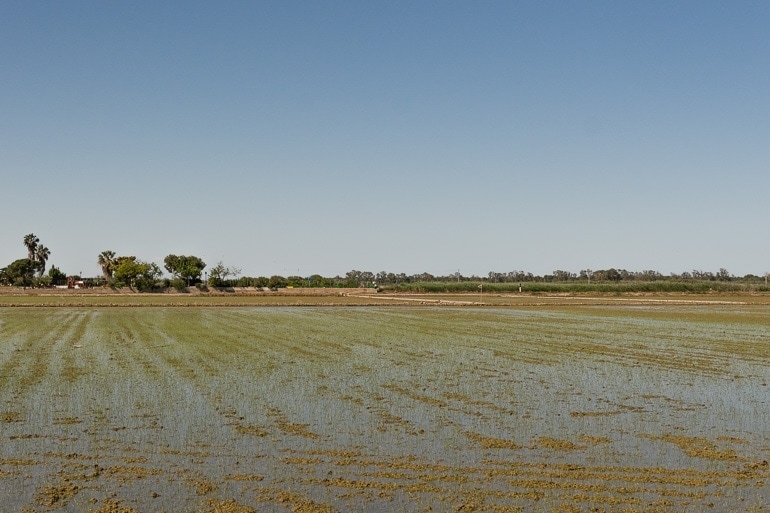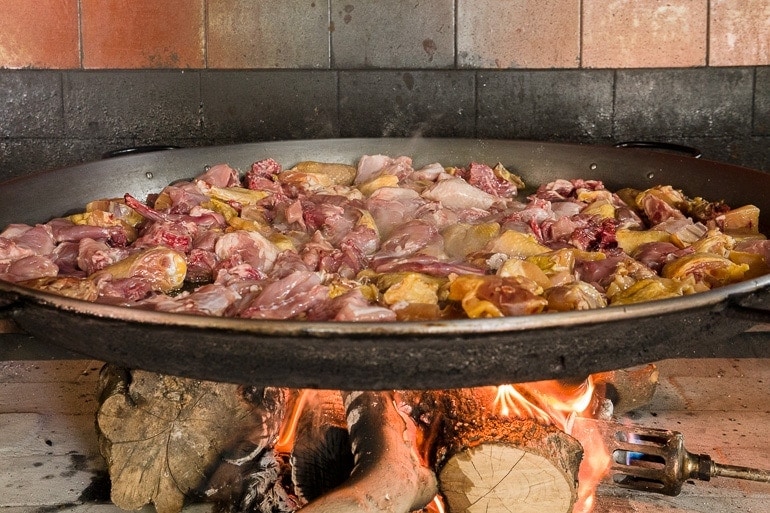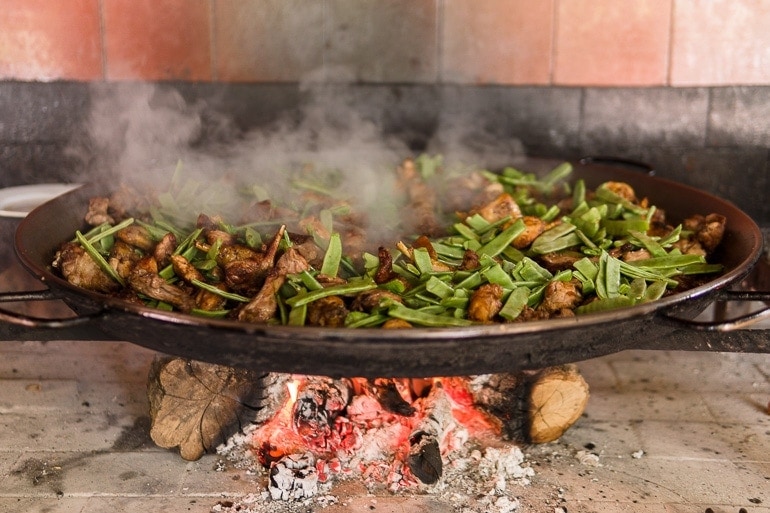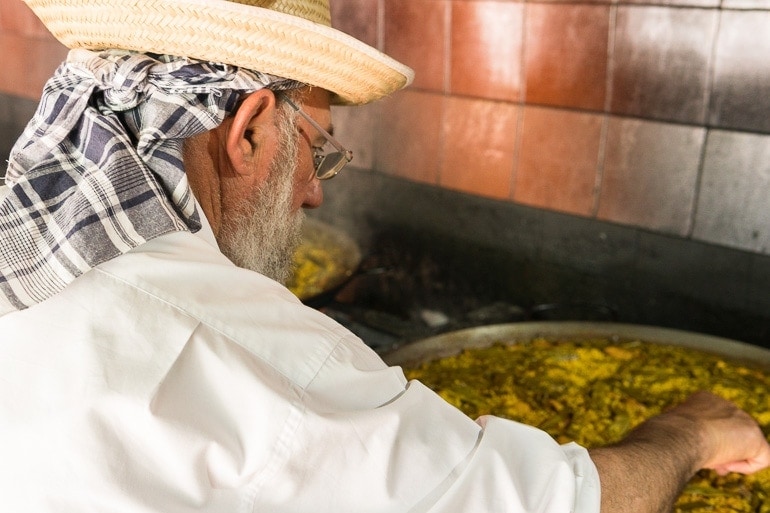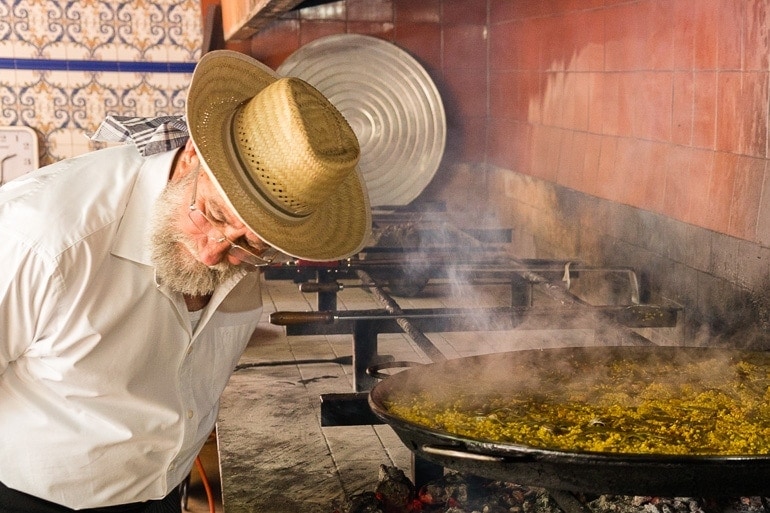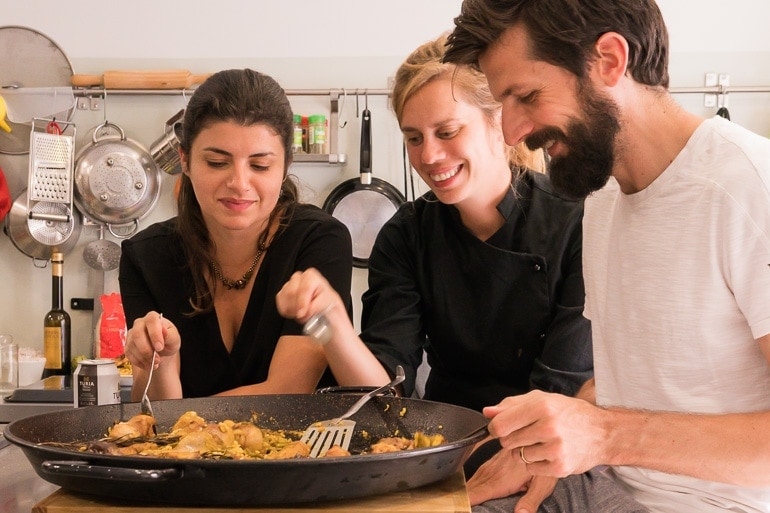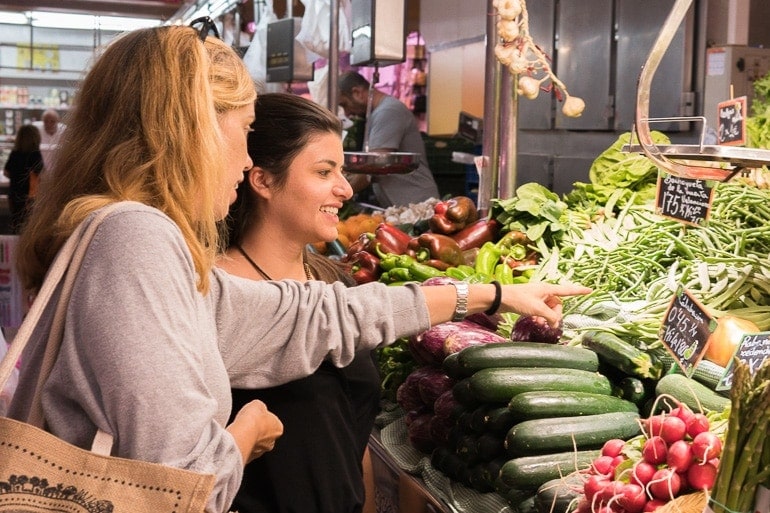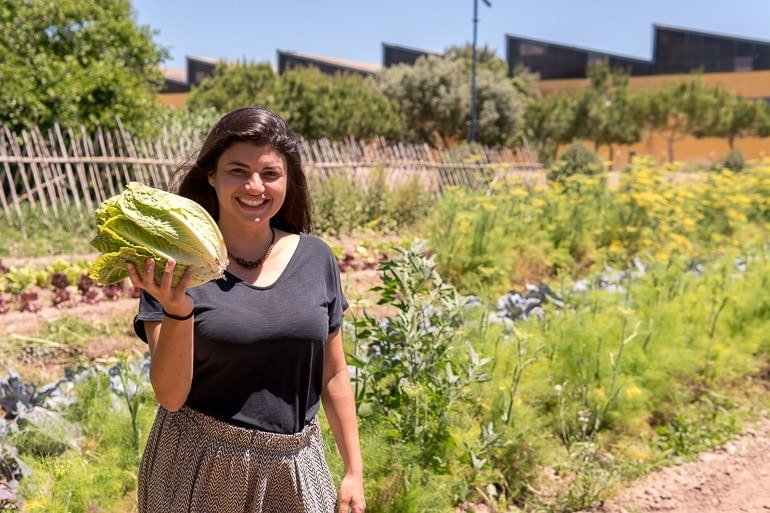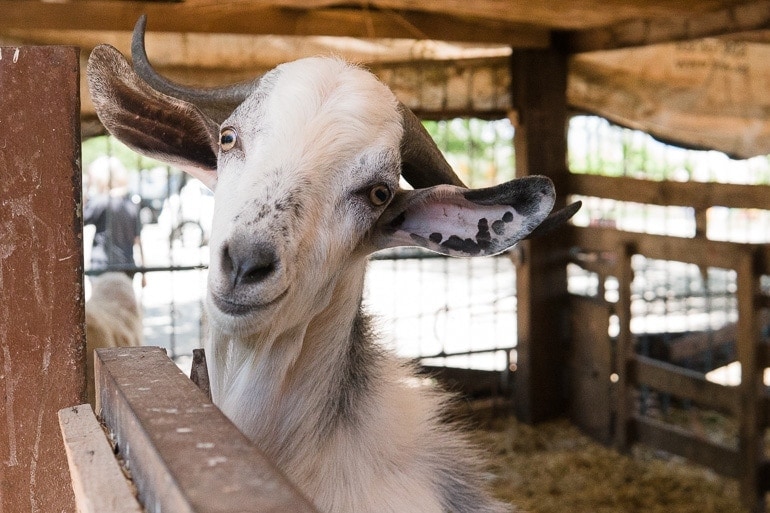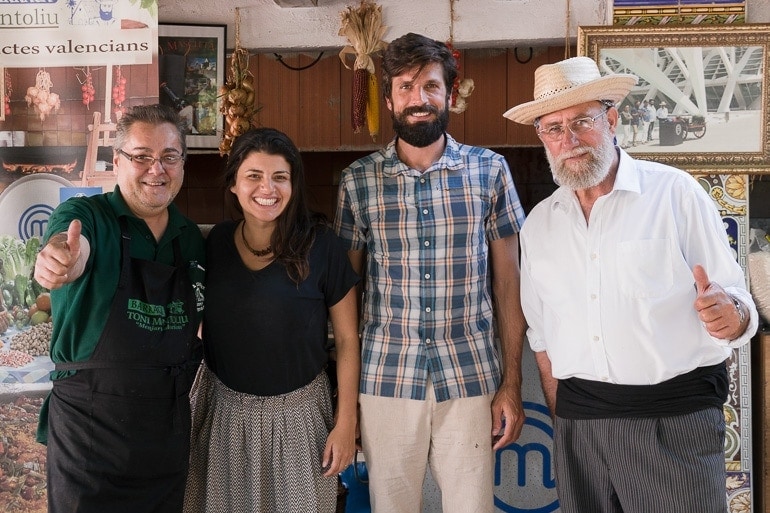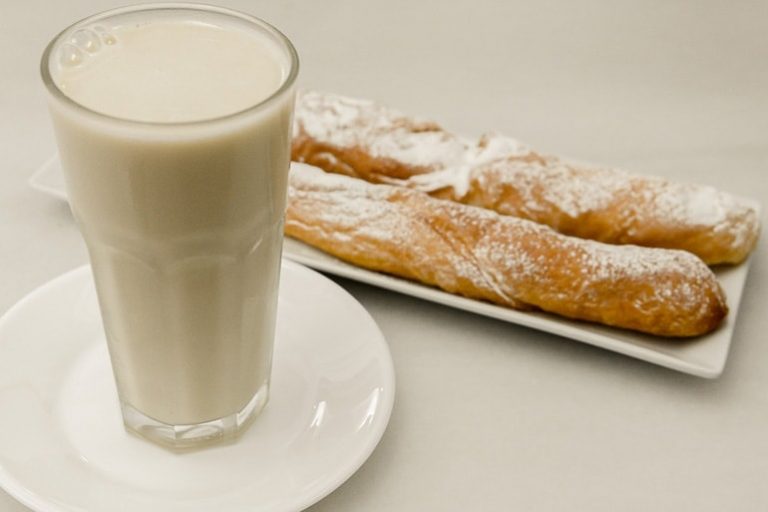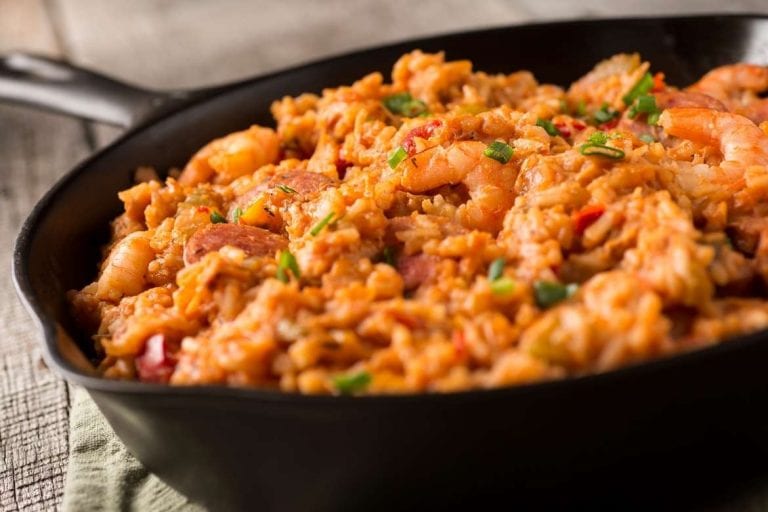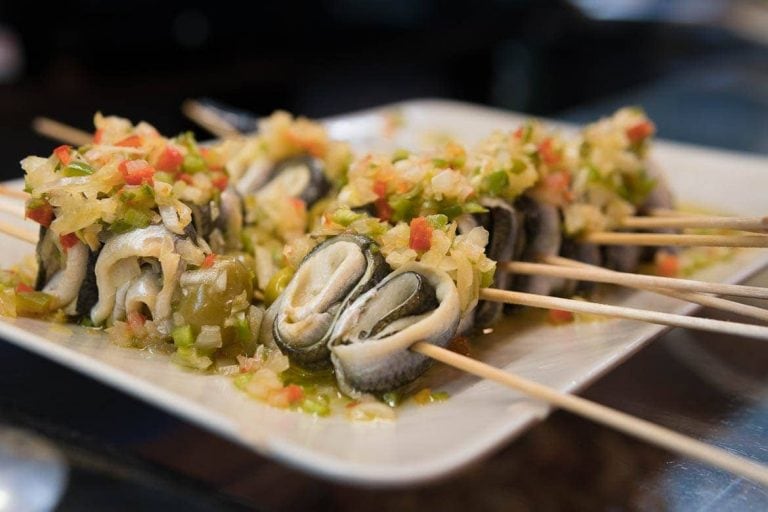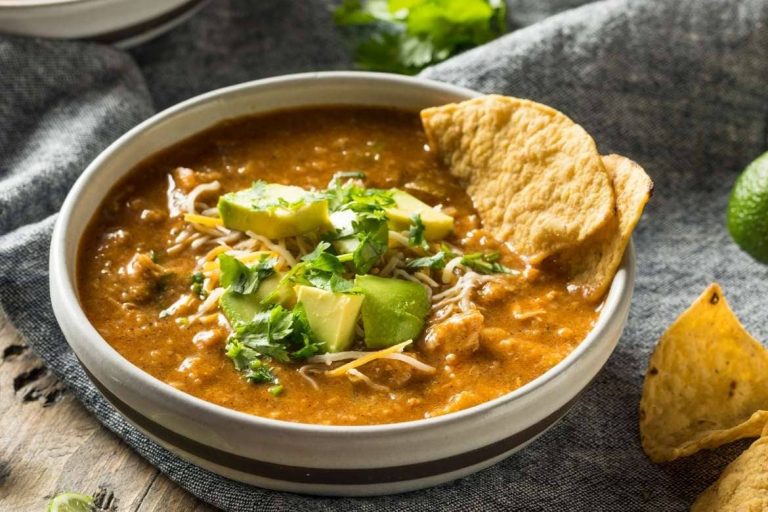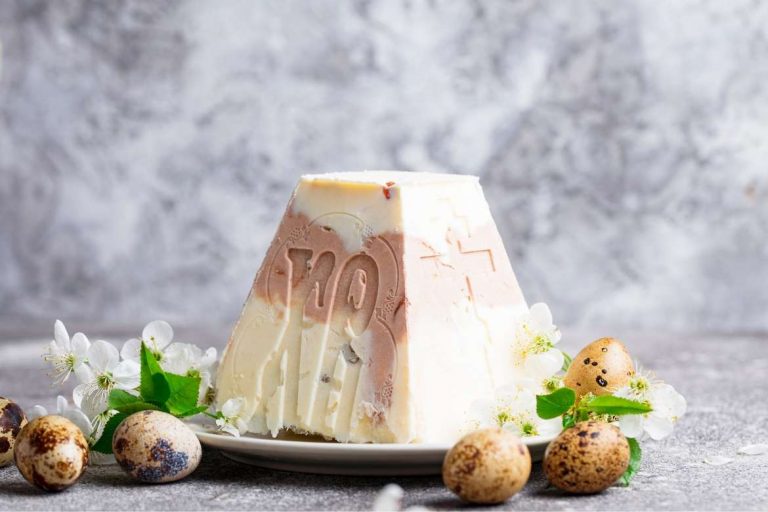I’ll tell you something, there is no seafood in the original Paella. That’s right, Paella is a dish created by Valencian peasants and farmers, formerly called Arroz a La Valenciana (Valencian Rice) and today Paella Valenciana. The dish carries many typical ingredients, but none of them come from the sea.
So we went to Valencia, in eastern Spain, to know it better and learn how to prepare this iconic dish of Spanish cuisine.
The History of Paella
Paella’s first documented recipe appears in an eighteenth-century manuscript entitled ‘Avisos, i instruccions per lo principiant cuyner‘ written by Josep Orri. This recipe was originally named Arroz a La Valenciana given its origin in the Marjal de La Albufera, Valencia.
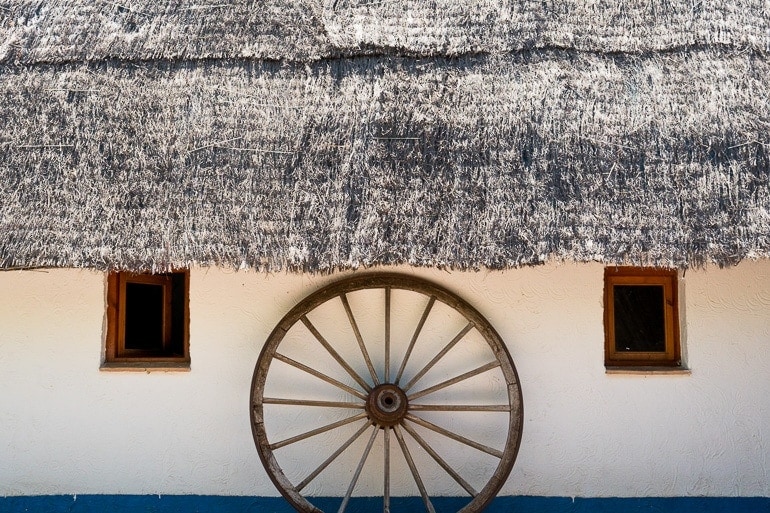
How it all began
The Albufera region in the province of Valencia, eastern Spain, is well known for its rice fields, a legacy of the Moors who conquered the Iberian Peninsula in the eighth century.
With the availability of rice and other fresh ingredients, local farmers and workers created a dish called Arroz a La Valenciana, today Paella Valenciana, considered one of the most famous rice dishes in the world. At that time, the locals would get together for lunch taking what they had harvested in the region and cook the Paella over a fire with orange wood. A theoretically simple dish, with ingredients from the fields and eaten in a group.
What does Paella mean?
Paella in Valencian is the name of the pan in which this dish is cooked and originates from the Latin word patella. The dish is known by the same name, which makes sense because, traditionally, the dish is also eaten straight from the pan.
Also read: Tapas e Pintxos, all about the Spanish appetizers
Paella is not any pan, it looks like a shallow and wide frying pan with a handle on each side, the bottom is almost flat, which ensures an even cooking.
There is also a theory that the word paella means ‘leftovers’ translated from the Arabic word baqiyah, again under Moorish influence.
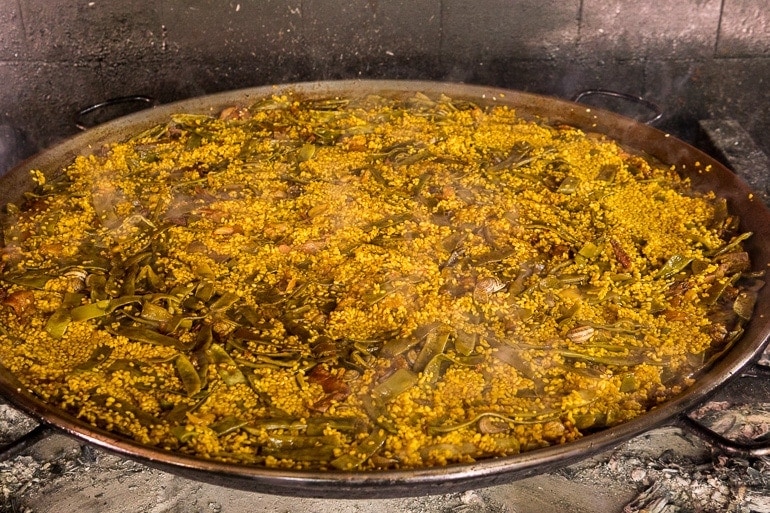
The Ingredients of Paella Valenciana
Paella started with ingredients that were easy to find in the field such as ferradura, tavella and garrofón, all typical legumes of the region.
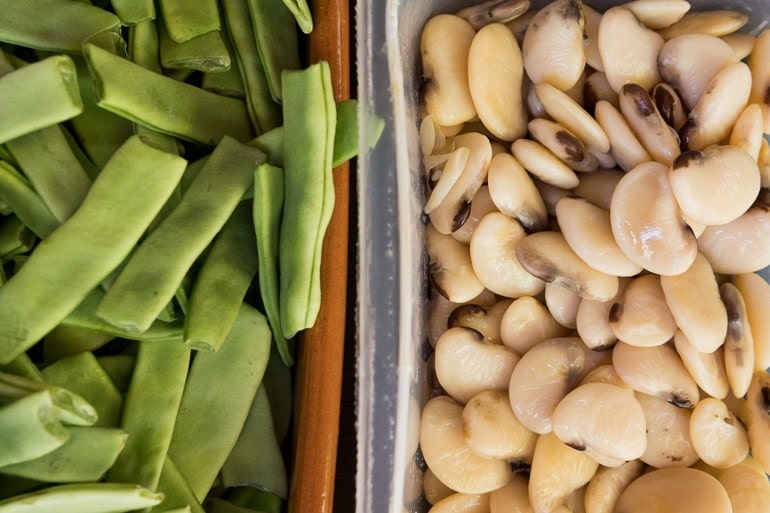
Does the original Paella have seafood?
The answer is no. Many believe that Paella Valenciana is a seafood rice dish, which is a big mistake. Remembering that Paella emerged as a field dish and not sea. Chicken, rabbit, snails and occasionally duck meat were originally used.
The Ingredients of Paella Valenciana
Paella is a traditional rice dish. Currently, rice produced in the fields of La Albufera has Protected Designation of Origin (D.O.P) and the most common type for Paella is called bomba rice.
The authentic ingredients of Paella Valenciana are:
- Garrofón (a type of large white bean)
- Ferradura or Judía Verde Plana (similar to green bean)
- Tomato
- Chicken
- Rabbit
- Snail
- Olive Oil
- Salt
- Rice (currently, bomba rice)
- Water
- Saffron
- Rosemary
How to prepare the Authentic Paella Valenciana
The recipe for Paella Valenciana is traditionally prepared in orange wood and follows 5 steps:
1. El Sofrito – The stir-fried
Drizzled with plenty of olive oil and a little salt, place the meat when the pan is very hot, so that it results in a golden colour and crispy texture. When it reaches the desired point of the meat, add the Ferradura or Judía Verde (green beans) and stir fry for a few more minutes.
Open space in the centre of the pan and place the grated tomatoes, wait a few minutes and then add paprika, mix well to avoid burning it.
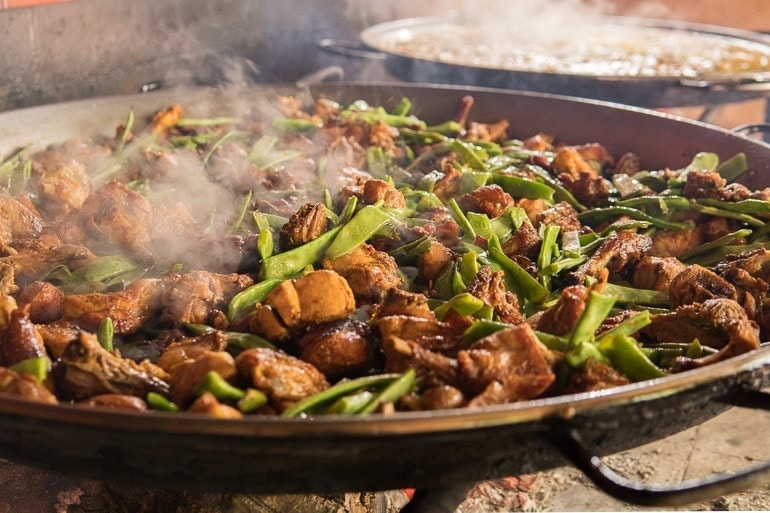
2. El Caldo – The Broth
When the tomatoes’ water evaporates, it means the stir-fried step is over and now it’s time to prepare the broth. Add water, saffron, garrofón and snails. At this point, you can place a sprig of rosemary in the centre of the pan and remove it after a while (before adding the rice). Adjust salt if necessary.
Let the broth cook for about 30 minutes or more.
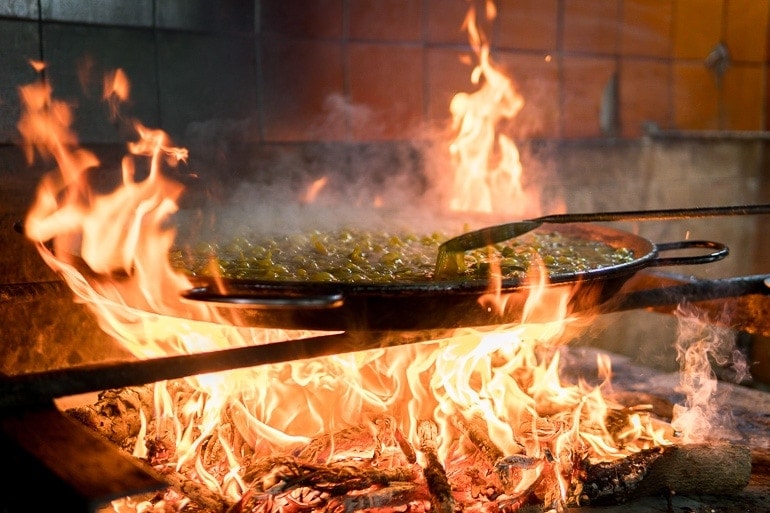
3. El Arroz – The Rice
There are many traditions in how rice should be poured. One example is the famous cross shape, another like a mountain range crossing the paella, or simply distributing the rice in a circular shape from the edges to the centre.
Regardless of how you put the rice in the paella, the important thing is to distribute it evenly so the cooking takes place as expected.
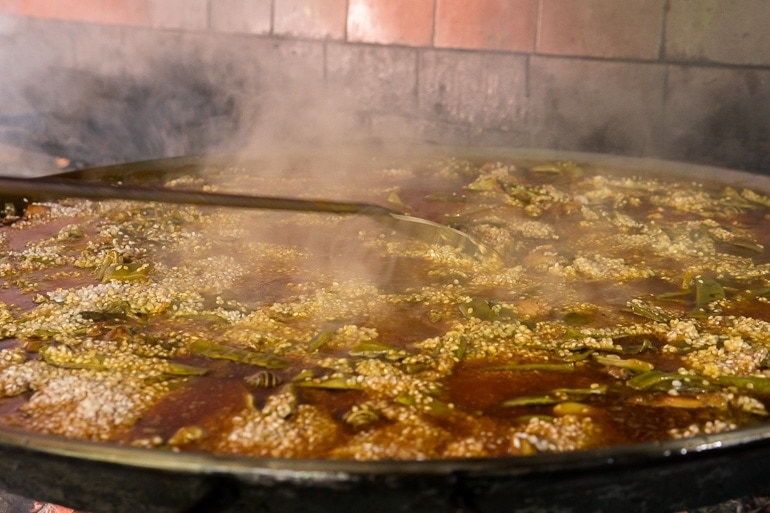
4. El ‘Socarrat’ – The rice that sticks to the bottom of the pan
The Socarrat is undoubtedly one of the most disputed parts by the Valencian spoons.
Socarrat is the rice in the bottom of the pan that gets toasty (not burnt) as the broth is absorbed, leaving a caramelized texture and incredible flavour. Be beware, socarrat is not burnt rice and there are some techniques to prevent it.
One way to check if the socarrat is ready is by the sound of the rice. People say that when the broth dries, rice begins to fry at the bottom of the pan with a different crackle noise. It is the socarrat forming.
Another way to evaluate socarrat is by the friction of the rice at the bottom of the pan. With a spoon, you scrape the bottom of the pan to feel if the rice is already sticking or not.
There is a difference between the socarrat friction and the burnt friction, and only practice will tell you when it is time to put out the fire.
5. El Reposado – The Rest
After finishing, it is important to rest the Paella for a while. It is common to cover the Paella with a cloth or some other kind of material such as baking paper or aluminium foil.
It’s time to serve! If you want to keep the tradition, grab a spoon and eat the paella straight from the paella, everybody together.
Paella Valenciana | © Food’n Road
If you find recipes with seafood, you are preparing a variation of the original recipe and not the Paella Valenciana. The Paella with seafood is called Paella Marinera.
What’s the difference between Paella and other rice dishes?
Some historians say that paella belongs to rice dishes of Arab origin, such as pilau and biryani. There may be some influence or perhaps it is just a coincidence, however, the methods of preparation are quite distinct.
If you want to know more, read our post about Indian Biryani.
Where to eat Paella in Valencia
When we arrived in Valencia and asked where to eat the real Paella, the answer was always the same ‘at some local’s house’.
In this quest, we had an amazing experience exchange with our friend Chef Cristina Ruiz from Valencia. After a visit to the local market, she cooked for us a Paella Valenciana with her grandmother’s recipe and we cooked for her a Moqueca Baiana, a traditional Brazilian dish. A valuable exchange of culture and gastronomic traditions.
In La Albufera there are many high quality restaurants serving Paella Valenciana, which is very cool as you will be experiencing the dish right in its origin. Among the many options, it is worth checking out the Pasqualet and La Cambra Dels Sentits.
Now, if you are looking for a complete experience to prove an authentic Paella Valenciana with guaranteed quality, our recommendation is La Barraca de Toni Montoliu.
La Barraca de Toni Montoliu is a super traditional restaurant that uses only local organic ingredients, they plant almost everything that is used in the recipe. You can visit the restaurant’s vegetable garden and also visit the museum where they keep various types of equipment that were used in the daily life of Valencian peasants and farmers. (see on google maps).


